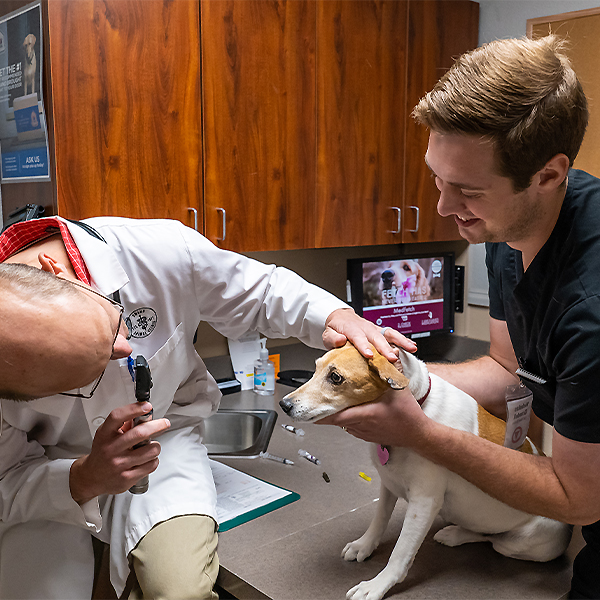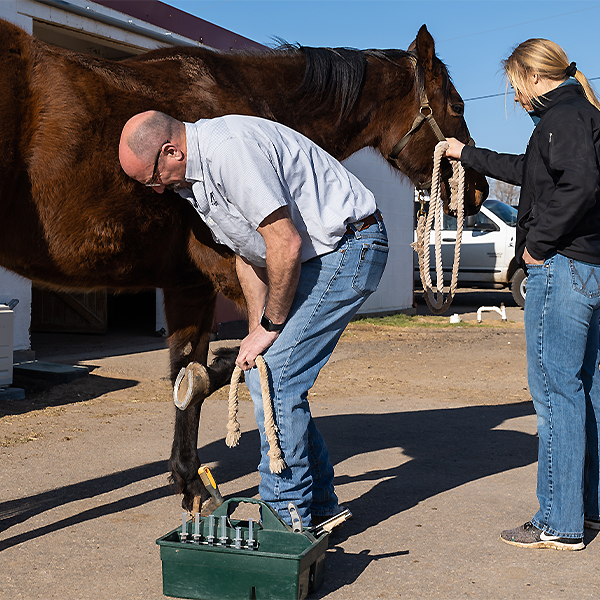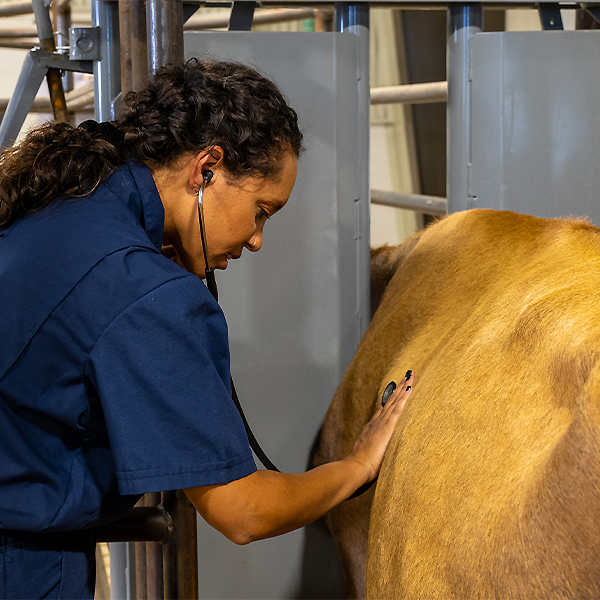
A unique look into how the School of Veterinary Medicine will conduct their clinical year for veterinary students.
Texas is vast, and it is a state that embraces innovation and opportunities. While starting a new veterinary school may seem like a big task, which it is, starting one in Texas provides for endless opportunities. One such opportunity is the urgent need for practice-ready graduates to fill the critical veterinary workforce shortage.
Texas Tech University’s School of Veterinary Medicine in Amarillo is working to seize these opportunities and deliver a program to meet the workforce needs in rural and regional communities. The school has begun to deliver an innovative curriculum to produce day-one ready graduates who impact their workplace the moment they walk through the door.
One such area of innovation is the use of a community-based approach to clinical experiential learning. While this is not new among human medical educational programs and to some degree among a few veterinary medical programs, the school has innovated a partner-based model of clinical teaching with a focus on developing practice-ready general practitioners. To achieve this, students will get hands on exposure during their clinical year to primary case material across multiple private practice, industry, and research settings instead of a traditional institutional based referral teaching hospital. By engaging community-based partners, the transition to that job after graduation is much more seamless.

The clinical year at the School of Veterinary Medicine starts immediately following completion of the 3rd year. The inaugural class will start clinical rotations on June 2024, and students will spend 20 weeks in required veterinary rotations and approximately 20 weeks in elective rotations in a clinical learning network of these community-based partners. Most of the rotations will be in partnering veterinary practices primarily located in Texas and New Mexico that have expressed interest in the education of veterinary students and connect with the school and its mission. Veterinarians who lead the clinical education will be appointed adjunct professors with the School of Veterinary Medicine. Today, many of the current partners serve in various functions at the school including committees such as admissions and curriculum. In this light, the school serves as a model for community engagement in pursuit of a shared purpose.
The school has already developed a network of approximately 90 sites to partner on delivering the clinical year. The clinical year will include required (core) rotations in small animal medicine and surgery, food animal medicine and surgery, equine medicine and surgery, diagnostic imaging, and anatomic and clinical pathology. The school’s Office of Clinical Programs proactively works with each partnering site to maintain the required standards to ensure an outstanding student experience. Students have the opportunity to add clinical expertise in elective rotations. Students choose from one of five areas for their elective rotations: 1) Production Animal Health, 2) Community Practice, 3) Equine Health, 4) Academic and Industry and 5) One Health (Regulatory Health/Public Health). An additional mission-focused aspect of the clinical year is the requirement for students to undertake a 4-week rotation in a rural veterinary practice.
Oversight is a critical and necessary activity during the clinical year. Mentorship, clinical participation, professional integration, and constructive feedback are essential. An on-site clinical instructor will be assigned for each clinical year rotation to lead the experiential learning at that facility.

The benefits of a community-based clinical year are shared by both the veterinary student and the network partner. Veterinary practices, animal health organizations, state and regulatory organizations, research programs, and other veterinary-related entities, who need qualified associates, have a steady stream of ‘working interviews’ as students spend considerable time working within their facility. Network partners also benefit from a unique collaborative association with the school. Students develop a broad real-world foundation across a variety of veterinary settings. Students get to see differences in styles of business management, client interactions and communication, community engagement, conflict resolution, and approaches to team building. Evidence shows that students who graduate from community-based models often command a higher salary because they bring immediate impact and return to the employer.
It is a good time to be a veterinarian and a really good time to be a veterinary student at the Texas Tech University School of Veterinary Medicine.
